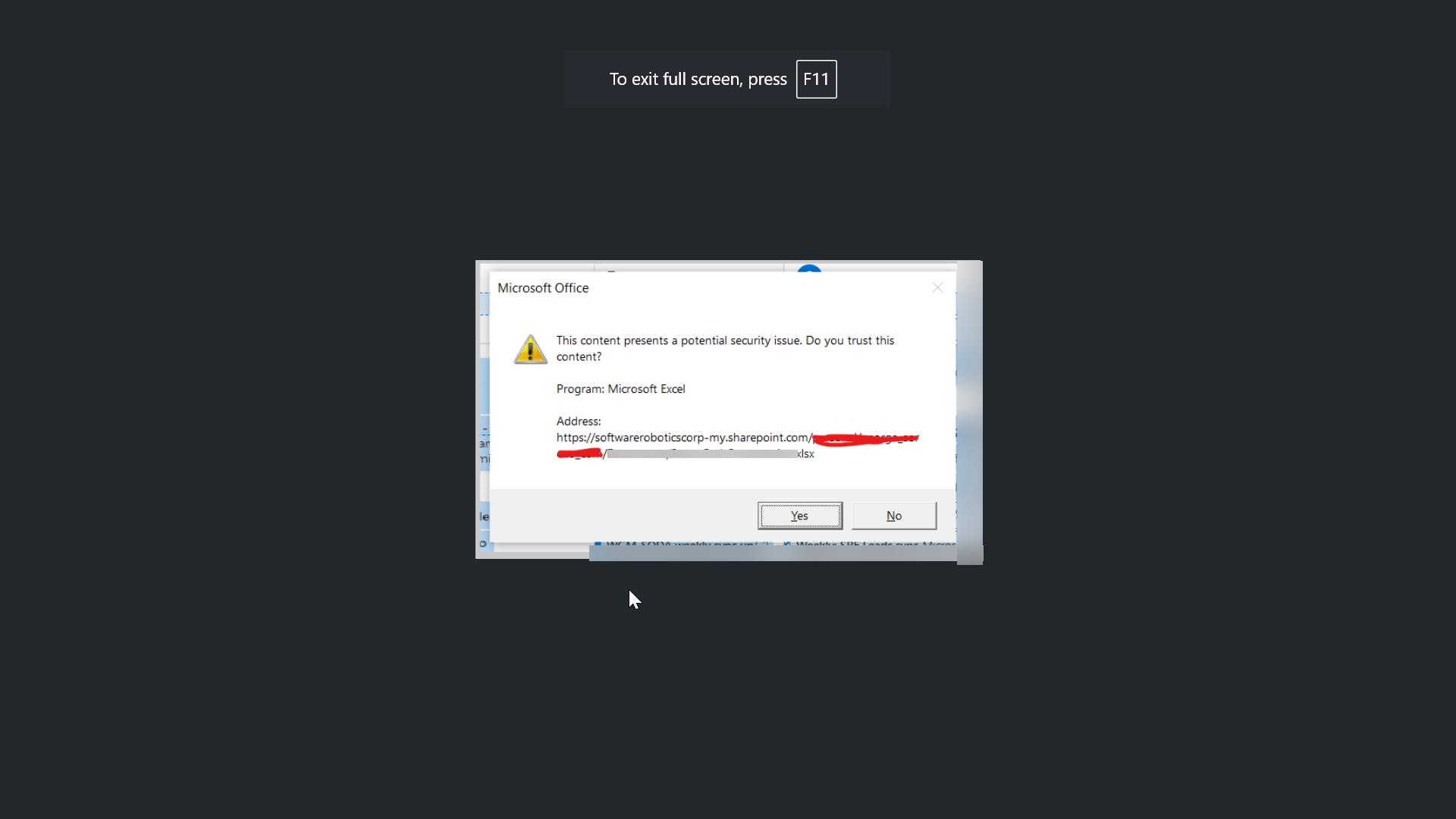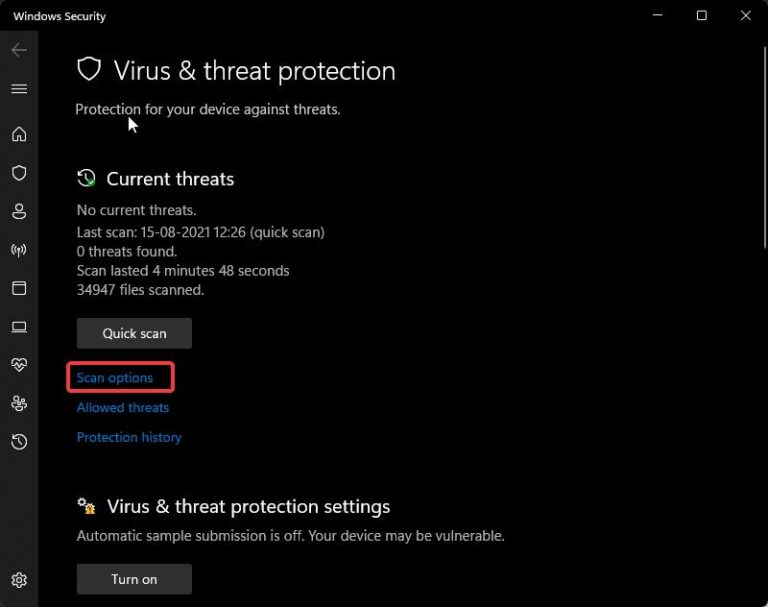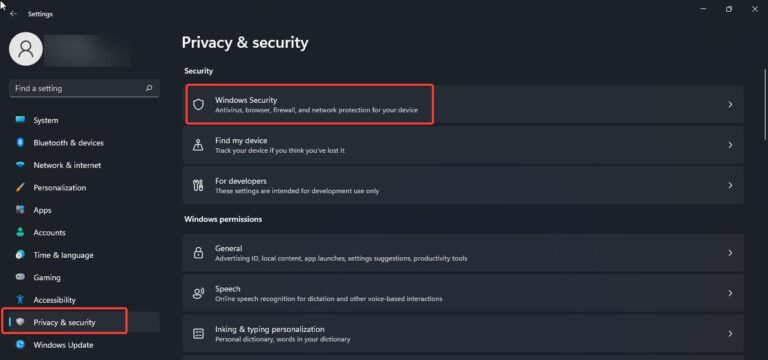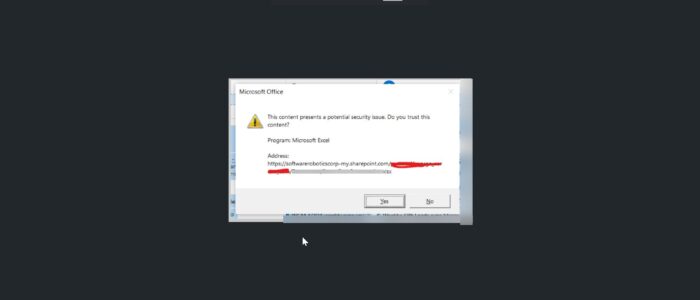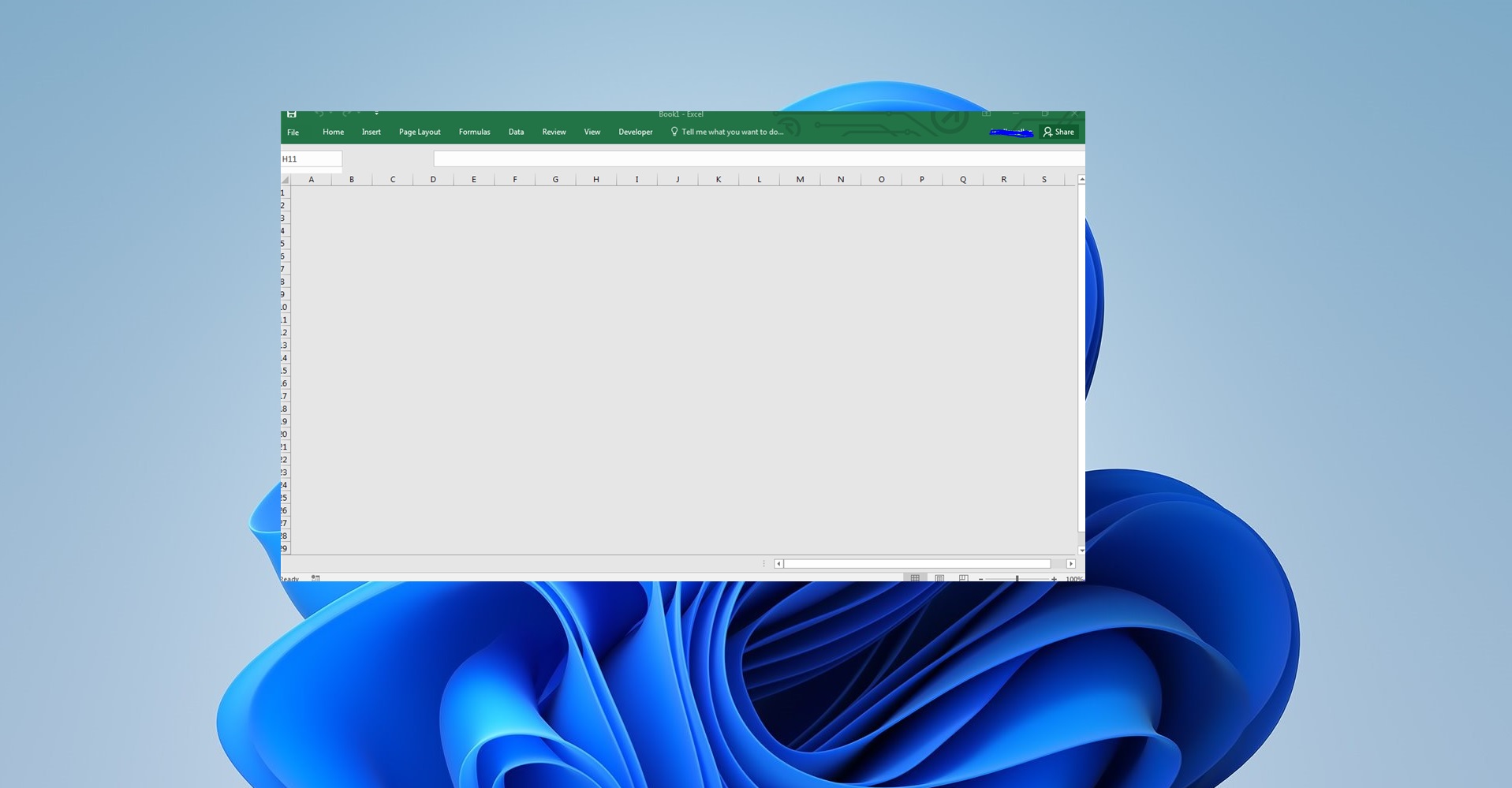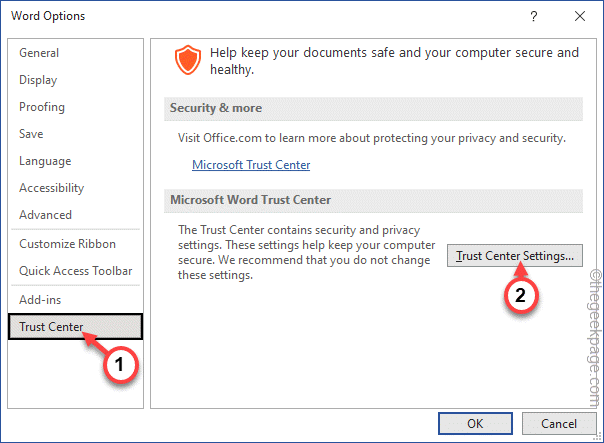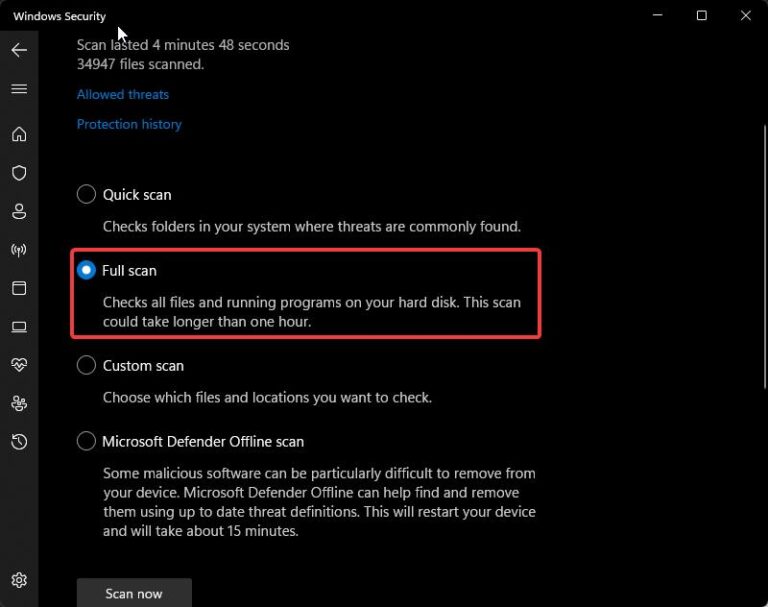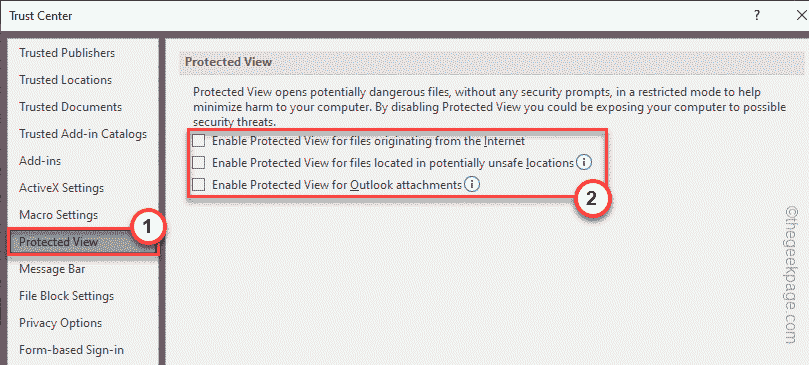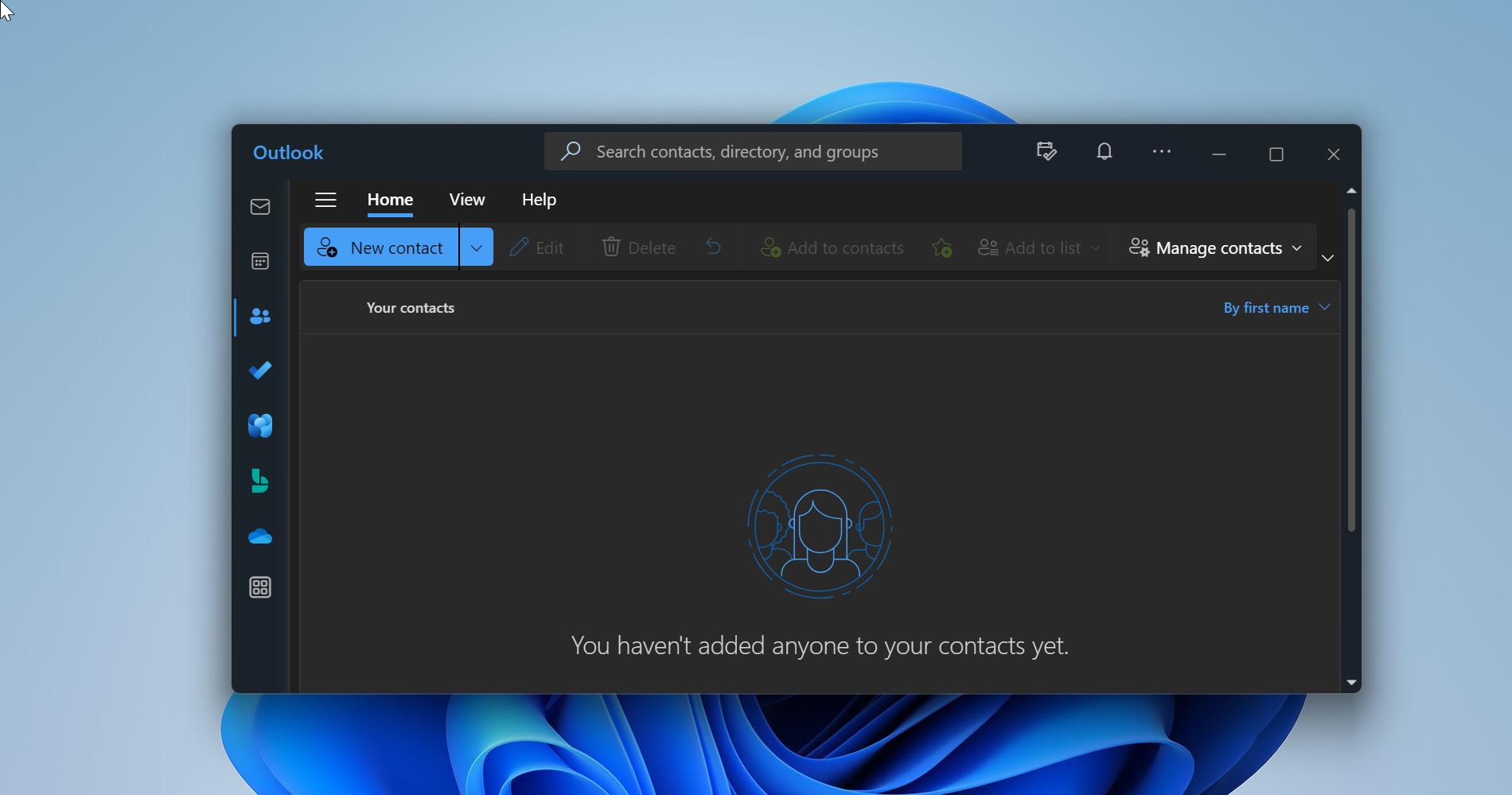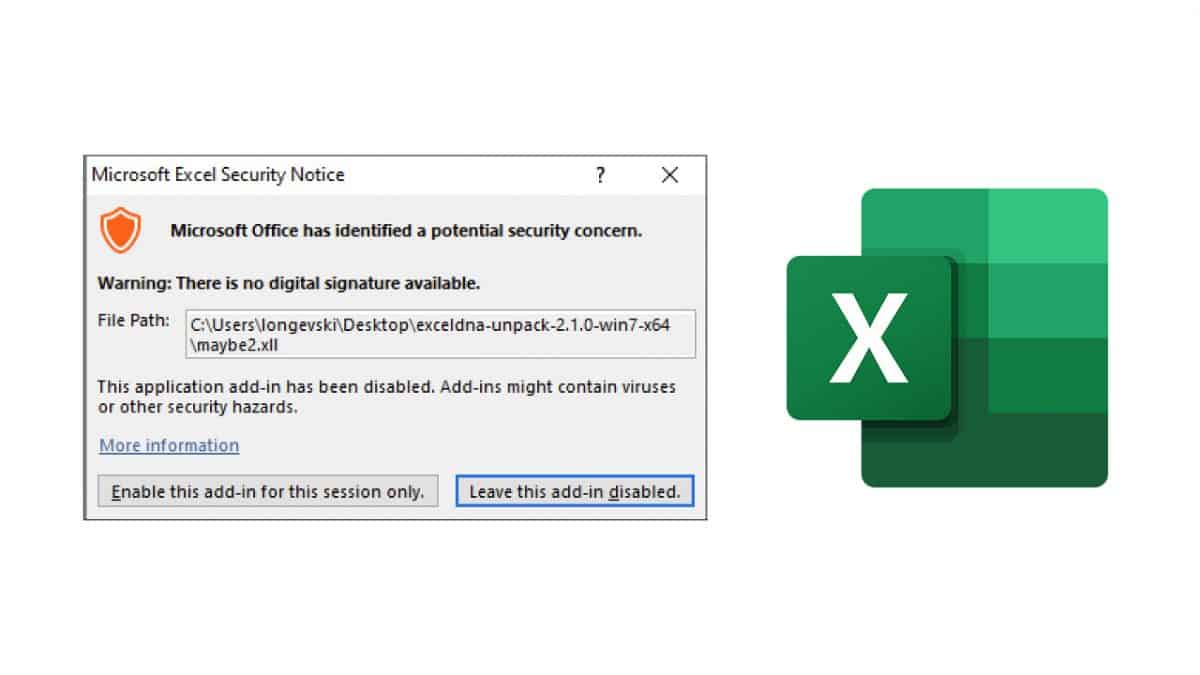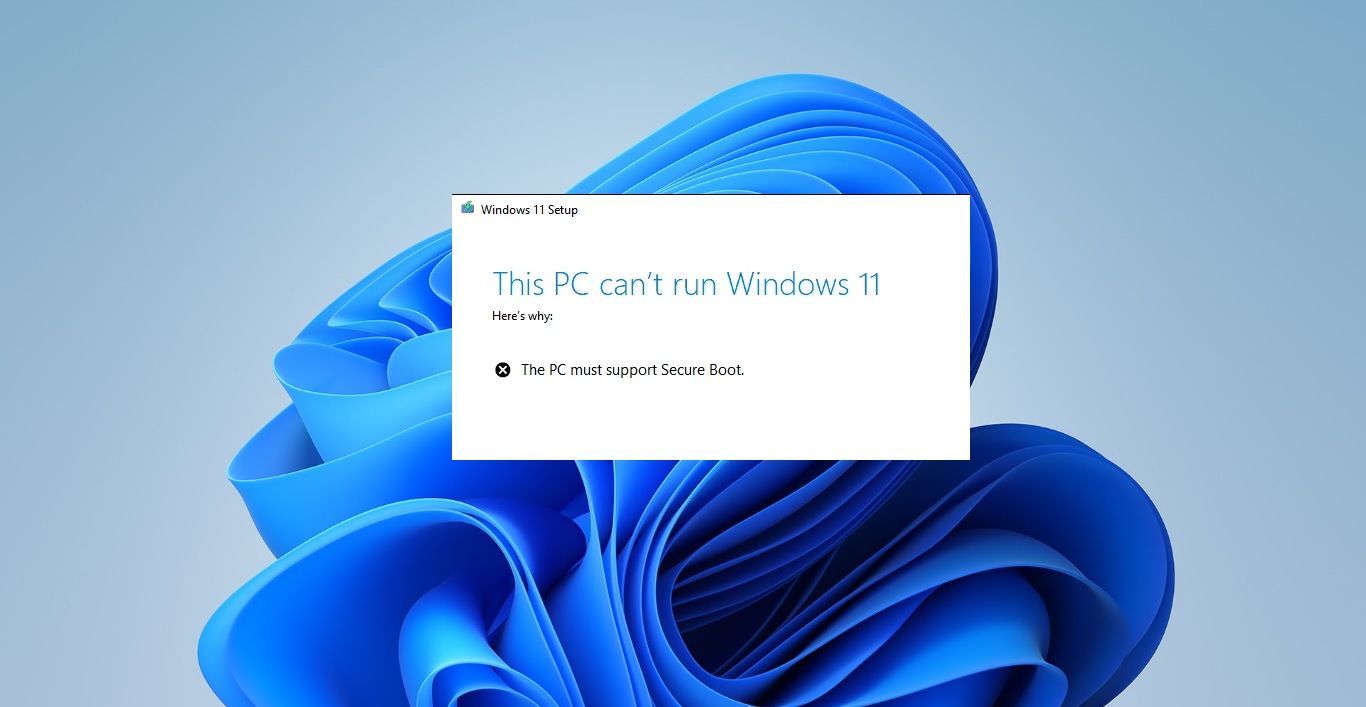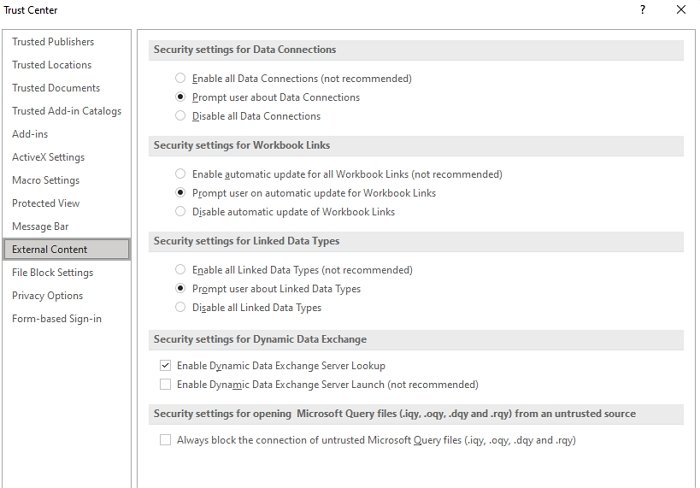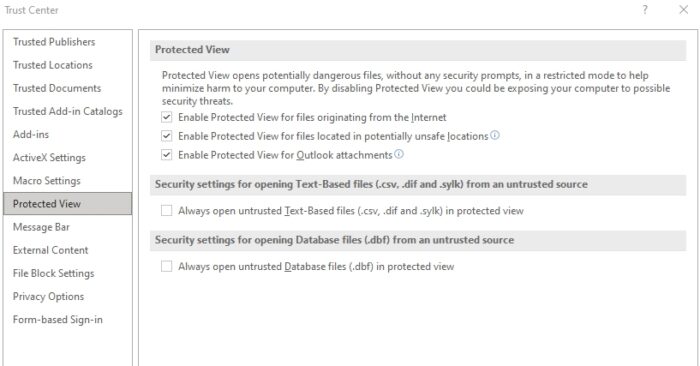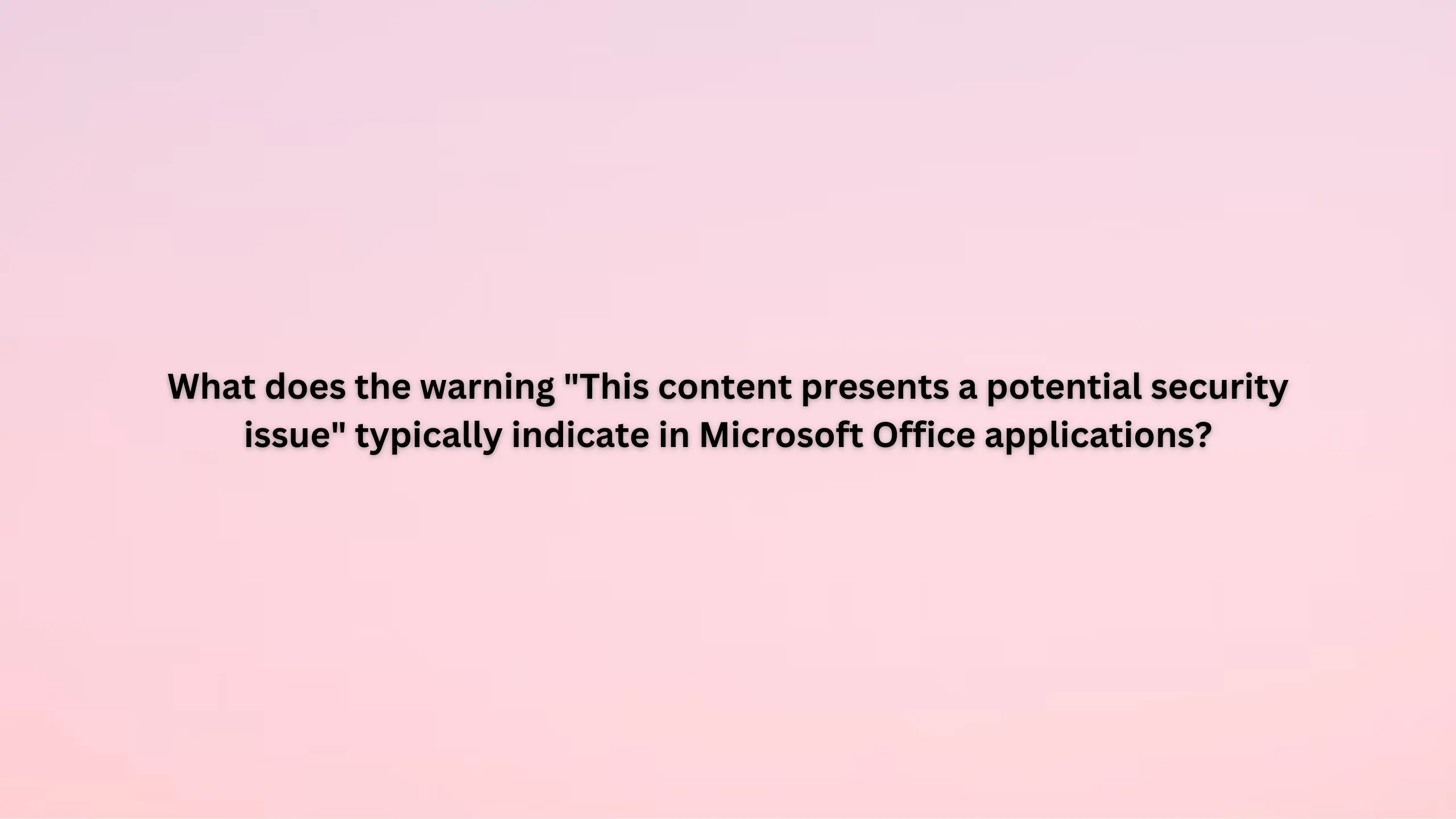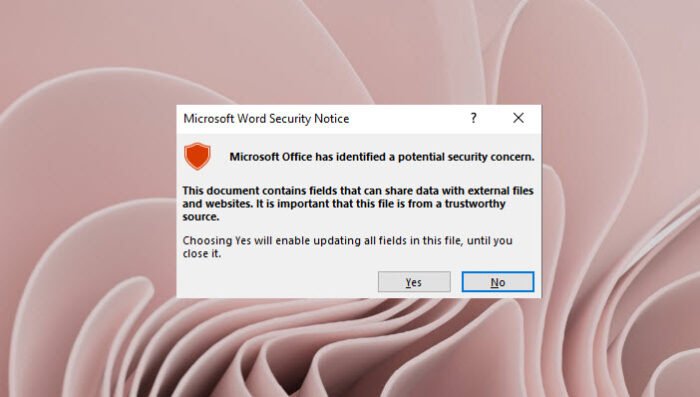Excel This Content Presents A Potential Security Issue
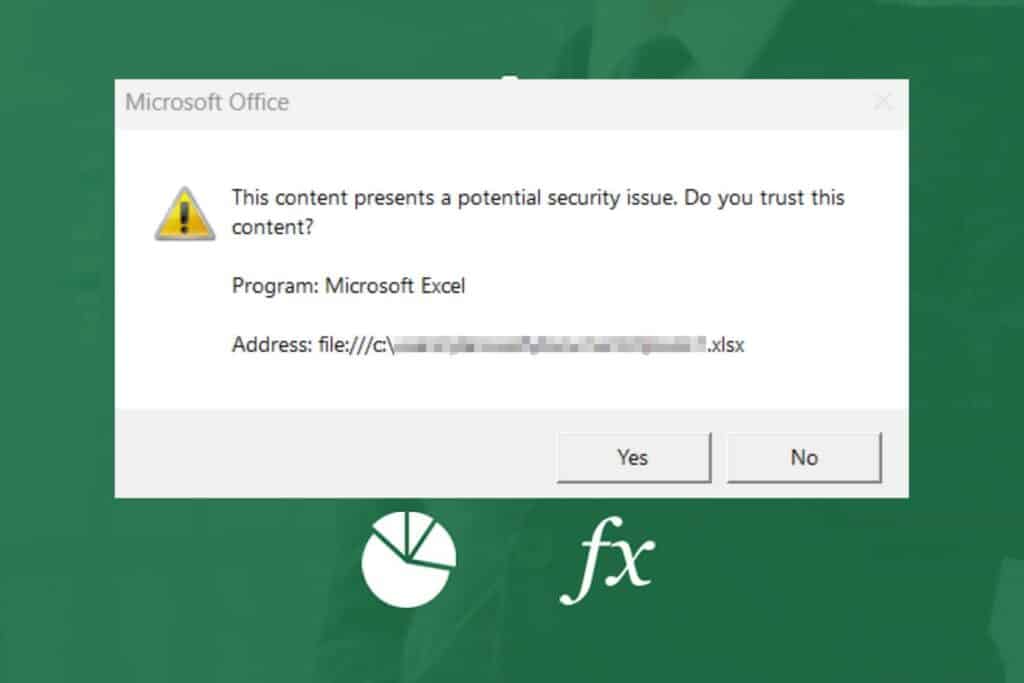
Critical security flaws are emerging within Microsoft Excel, displaying a concerning warning: "Excel This Content Presents A Potential Security Issue." This alert signals immediate risks of data breaches, malware infections, and unauthorized access.
The vulnerability, actively exploited, necessitates immediate action from users and IT administrators to mitigate potential damages. This issue affects various Excel versions, posing a widespread threat to both individual users and large organizations.
Urgent Threat: "Excel This Content Presents A Potential Security Issue"
The message "Excel This Content Presents A Potential Security Issue" is not a false alarm. It indicates that the Excel file contains elements that could compromise your system's security. Microsoft has confirmed that this warning stems from several possible causes, including embedded macros, external data connections, and suspicious formulas.
These elements can be exploited by malicious actors to execute arbitrary code, steal sensitive information, or install malware. The scope of the potential damage ranges from individual data loss to enterprise-wide security breaches.
Who is Affected?
All Microsoft Excel users are potentially affected. This includes individuals using Excel at home, businesses of all sizes, and government agencies relying on Excel for data management and analysis. The vulnerability impacts multiple Excel versions, including recent and older releases.
Specific versions known to be vulnerable include Excel 2010, Excel 2013, Excel 2016, Excel 2019, Excel 2021, and Microsoft 365 subscriptions using Excel.
What is the Risk?
The primary risk is the execution of malicious code disguised within an Excel file. This code can perform various harmful actions, such as stealing credentials, installing ransomware, or deleting critical files.
Data breaches, system compromise, and financial losses are potential outcomes if the warning is ignored. The vulnerability highlights the importance of verifying the source and integrity of Excel files before opening them.
Where is This Happening?
This vulnerability is a global issue, affecting Excel users worldwide. Reports of exploited files have surfaced across numerous industries and geographical locations.
Cybersecurity firms are tracking the spread of malicious Excel files used in phishing campaigns and targeted attacks. The decentralized nature of the internet allows these threats to propagate rapidly.
When Did This Start?
Reports of widespread exploitation of this vulnerability began surfacing in recent weeks. Cybersecurity researchers have identified a surge in malicious Excel files circulating via email and other channels. Microsoft is actively investigating and working on solutions.
The urgency is amplified by the increasing sophistication of the attacks. Malicious actors are adapting their techniques to bypass traditional security measures.
How Can You Protect Yourself?
Immediate action is crucial. First, exercise extreme caution when opening Excel files from unknown or untrusted sources. Verify the sender's identity and scrutinize the file for any unusual behavior or warnings.
Second, enable macro security settings in Excel to prevent the automatic execution of macros. Configure Excel to prompt you before running macros or to disable them altogether. Navigate to File > Options > Trust Center > Trust Center Settings > Macro Settings to adjust these settings.
Third, ensure your antivirus software is up to date and actively scanning files. Consider implementing additional security measures, such as email filtering and intrusion detection systems. Keeping your Windows OS updated will help prevent threats.
Fourth, be wary of external data connections. If an Excel file attempts to connect to an external data source, carefully examine the connection details and ensure they are legitimate.
Regularly back up your important data to protect against data loss in case of a successful attack. Educate users about phishing tactics and the risks associated with opening suspicious files.
Microsoft's Response and Ongoing Developments
Microsoft is aware of the "Excel This Content Presents A Potential Security Issue" vulnerability and is actively working on a comprehensive solution. A patch or update is expected to be released shortly.
In the meantime, Microsoft recommends users follow the precautionary measures outlined above. Stay informed about the latest security advisories and updates from Microsoft and reputable cybersecurity sources.
Organizations should conduct thorough security audits to identify and address potential vulnerabilities in their Excel deployments. Ongoing monitoring and threat intelligence are essential to detect and respond to emerging threats.
The situation remains fluid, and further developments are expected. Monitor trusted news sources and cybersecurity blogs for the latest information and guidance.
